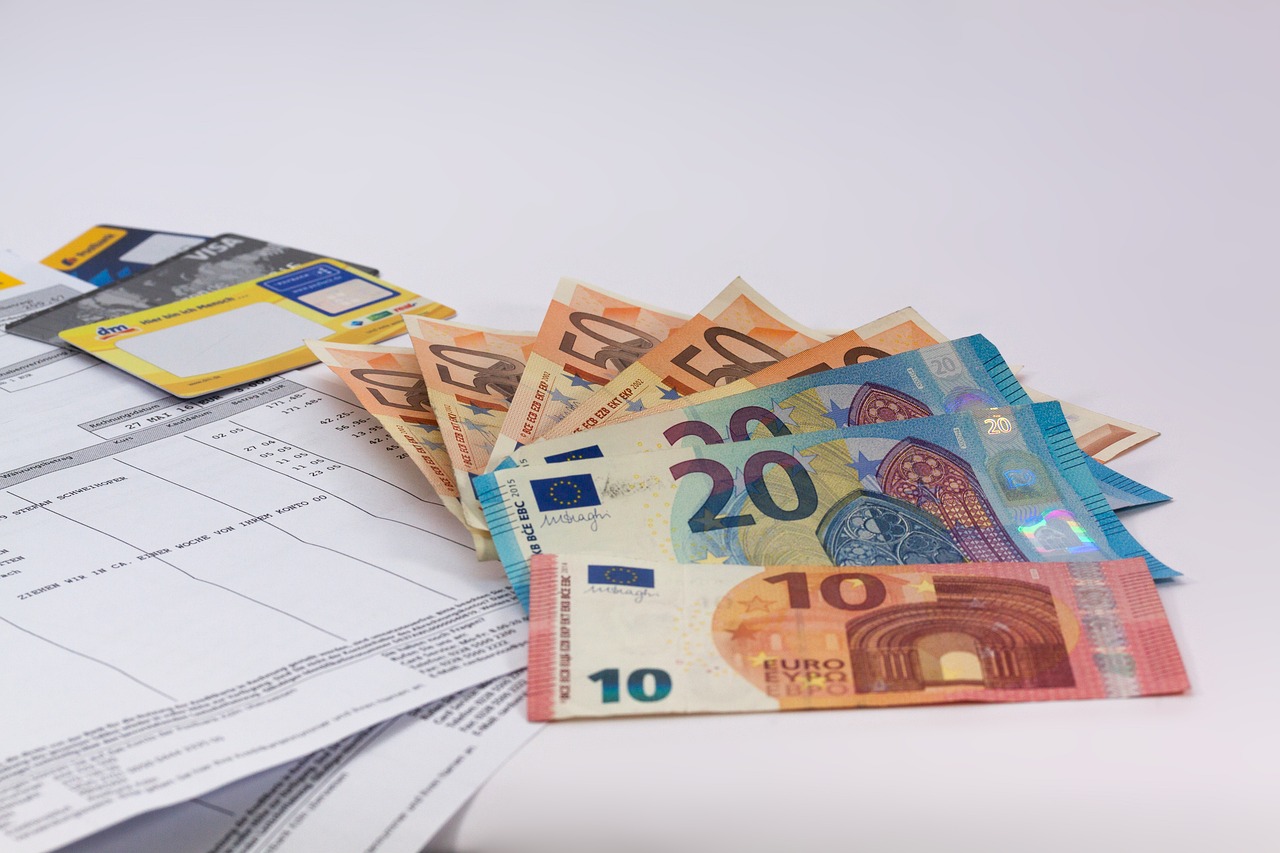When it comes to conducting business in Norway, understanding the intricacies of invoicing is crucial. From the specific layout and content required on a Norwegian invoice to the process of issuing one, navigating the Norwegian invoicing system can seem daunting. This article aims to demystify the process, covering essential aspects such as the appearance of an invoice in Norway and the steps to correctly issue one.
What does an invoice in Norway look like?
In Norway, an invoice must adhere to several mandatory criteria to be considered valid. Primarily, it should clearly display the word “Faktura,” which means invoice in Norwegian. The layout is generally straightforward but must include specific information:
- Seller’s Details: This includes the full name, address, and contact information of the business or individual issuing the invoice. Additionally, the organization number (a unique identifier for companies in Norway) must be present.
- Buyer’s Details: Similar to the seller’s information, the invoice must contain the full name, address, and, if applicable, the organization number of the recipient.
- Invoice Number: Each invoice must have a unique number. This is crucial for bookkeeping purposes and helps both the issuer and the receiver track the transaction.
- Date of Issue and Due Date: The date when the invoice is issued should be clearly stated alongside the due date by which the payment should be made.
- Description of Goods or Services: A detailed description of the goods sold or services provided, including quantities and the price per unit.
- Total Amount Due: This includes the net amount, VAT (value-added tax) details where applicable, and the total amount payable. Norway has specific VAT rates that need to be applied correctly depending on the nature of the goods or services.
- Payment Information: Details such as bank account number, IBAN, and BIC/SWIFT codes for international transactions. This section should guide the buyer on how to complete the payment.
- Terms and Conditions: Though not mandatory, it’s common practice to include information about payment terms, late payment fees, and any other conditions relevant to the sale or service provided.
The visual presentation of invoices can vary between businesses, but the inclusion of the above elements is essential to meet the legal requirements in Norway. Digital invoicing is also widely accepted and encouraged, adhering to the same criteria as paper invoices.
How to Issue an Invoice in Norway?
Issuing an invoice in Norway requires adherence to specific guidelines to ensure compliance with local tax laws and regulations. To correctly issue an invoice in Norway, follow these steps:
- Invoice Layout and Content: Firstly, ensure that your invoice includes all mandatory details as per Norwegian regulations. This typically involves the inclusion of both your company’s and the customer’s name and address, the invoice date, a unique invoice number, the VAT amount (if applicable), and a detailed description of the products or services provided. It’s also essential to state the payment terms and the due date for payment.
- VAT Registration: If you’re VAT registered, your invoice needs to clearly indicate this. Include your VAT number and specify the VAT rate applied to the goods or services sold. In Norway, there are different VAT rates applicable depending on the type of goods or services provided, so ensure you apply the correct rate. If you’re not VAT registered, you should still issue invoices but without adding VAT.
- Electronic Invoicing: Norway encourages the use of electronic invoicing (e-Invoicing), especially for transactions with government entities. E-invoices must comply with the European Norm (EN) standard for electronic invoicing. If you opt for electronic invoicing, ensure your system adheres to these standards and that invoices are securely transmitted.
- Invoice Language: While there is no strict requirement for invoices to be issued in Norwegian, it is highly recommended, especially if your customer base primarily consists of local businesses and consumers. However, invoices in English are also widely accepted, particularly for international transactions.
- Record Keeping: Norwegian law requires businesses to retain copies of all invoices issued and received for at least five years. This is important for tax purposes and may be critical in the event of a tax audit. Ensure that your record-keeping system is organized and that invoices can be easily retrieved when necessary.
- Timely Issuance and Payment: It’s important to issue invoices promptly after the delivery of goods or services. Similarly, be explicit about your payment terms to avoid delays. The standard payment term in Norway is 30 days from the invoice date, unless agreed otherwise with the customer.
- Dealing with Non-Payment: If a customer fails to pay an invoice by the due date, Norwegian law allows you to charge interest on the overdue amount. It’s advisable to first send a reminder notice to the customer. If payment is still not received, you may need to consider more formal debt collection procedures.
By following these steps, you can ensure that your invoicing process in Norway is compliant and efficient. Keeping abreast of any changes to local laws and regulations regarding invoicing and VAT is also essential for smooth business operations.







